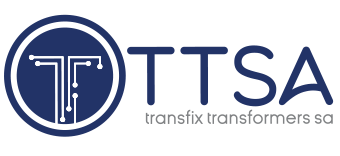Necsa starts process to replace venerable Safari-1 reactor
The South African Nuclear Energy Corporation (Necsa) has, with the approval of Cabinet, started the process that should result in it acquiring a new nuclear research reactor, to replace its current Safari-1 research reactor. The new reactor, dubbed the multipurpose reactor (MPR), would, like Safari-1, be located at Necsa’s complex at Pelindaba, west of Pretoria. “The socioeconomic needs of South Africa require a new multipurpose research reactor,” affirms Necsa Group CEO Loyiso Tyabashe. “It will strengthen scientific research in the country and increase scientific knowledge. Also, it will allow us to not only maintain, but to increase, our production of radioisotopes, especially for medicine. Consequently, it will ensure that South Africa keeps its position as one of the world’s top four medical radioisotope producers. It will maintain high-skill jobs and high-technology expertise in the country.”
